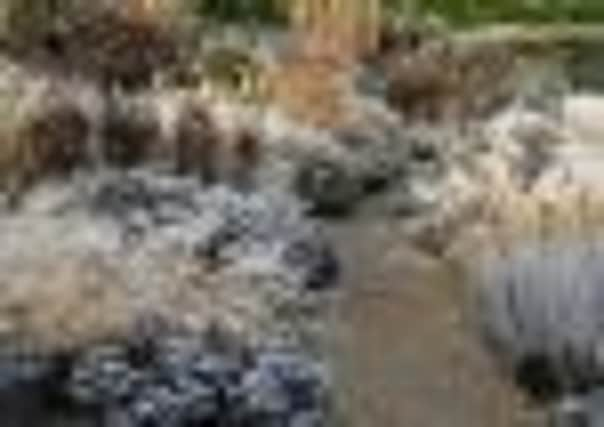Winter can be a wonderland


And when the snow has gone and winter is just a colourless, harsh, unforgiving presence? What then? What now? A lot of people see winter as a time to step inside and close the door. They are the two- or three-season gardeners. To them, winter is a time to forget the outdoors.
Why? Winter can have just as much beauty and interest as the awakening, fresh spring and colour to rival that of the summer border. It’s just not there in the same quantity. You have to look a little harder, appreciate a little more.
Advertisement
Hide AdAdvertisement
Hide AdShapes, foliage, even the desiccated seedheads of summer; all have something to offer the garden in winter.
And then there are the plants which actually like to have the cold nipping at their stems. So, give them a chance. Evergreens are always there, but that’s no reason to treat them with contempt. Used thoughtfully, they can provide the skeleton to a late autumn or winter bed or border. Used with flair, they can be a late autumn or winter bed or border. The dark-leaved can be used as a backcloth to highlight the light and variegated, or they can act as a windbreak to protect tender plants. And as for colour... the vivid yellow of winter jasmine, Jasminum nudiflorum, whose yellow blooms appear long before the plant’s leaves. Mahonia ‘Charity’ can be used to form a low holly-like hedge, but its greatest claim appears in October and continues to brighten dreary November.
Yellow, scented flowers arch outwards, paving the way for the equally scented Daphne mezereum, whose sweet, fragrant flowers seem to thrive in February’s bitter frosts.
For ground cover, consider winter-flowering heathers and hellebores, bulbs like Cyclamen coum, snowdrops, winter aconites, dwarf daffodils and the white wood anemones.
Advertisement
Hide AdAdvertisement
Hide AdPlant variegated, low-growing shrubs like Euonymus fortunei ‘Emerald Gaiety’; grow vivid-barked dogwoods like Cornus stolonifera Flaviramea with its lustrous yellow bark, and C alba Elegantissima with its flaming red; use berried shrubs like cotoneasters and pyracanthas. Those with a sheltering wall can even be brave and plant a camellia.
But whatever you do, don’t be fooled into believing that winter is a time when the garden sleeps; it dozes, it snoozes, but it never sleeps.